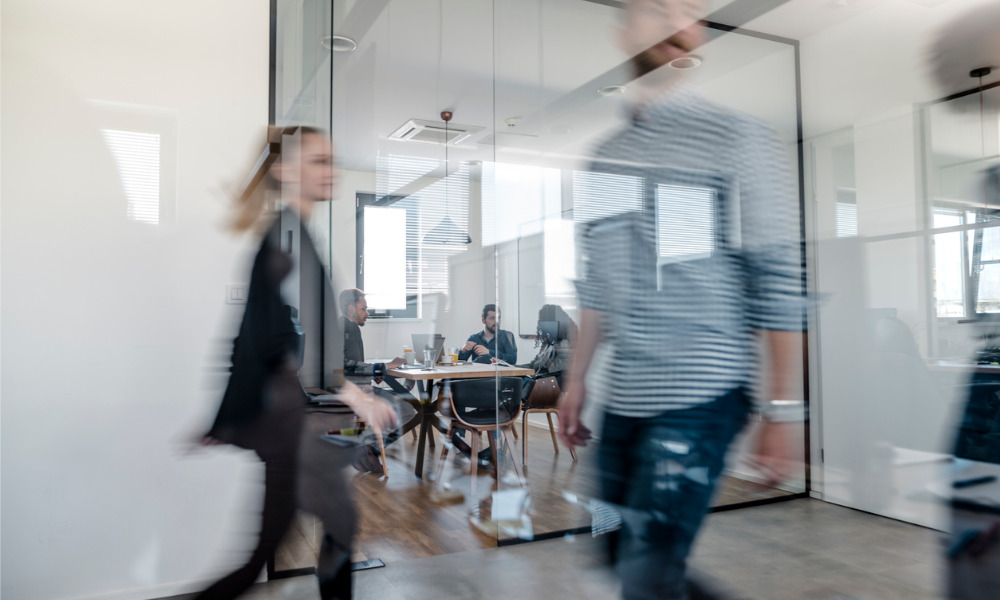
According to McCANN's HR head, it’s all about doing it safe and getting it right, not doing it fast

COVID-19 has wrought havoc on our professional lives, as remote working becomes the accepted norm and offices remain quasi-closed.
But how long can this go on? Should employers be preparing to return to the office at any point in 2020?
HRD spoke to Robert Stone, chief talent officer at McCANN Australia, who explained how employers in Australia should be approaching ‘Return to Office’ plans.
“There’s no one size fits all approach for our national offices across Melbourne, Sydney & Brisbane whilst we are developing our ‘Return to the Office’ plans and policies,” Stone told HRD.
“We’re treating each office individually, due to factors such as headcount, office space, facilities and different state requirements that have been communicated by government. The message is clear - our people should still be working from home (WFH). Therefore, the plan around returning to the office is all about making sure we do it in the safest possible way, and getting it right, not doing it fast.”
A recent report from the Australian Bureau of Statistics, Household Impacts of COVID-19, found 86% of workers are relatively comfortable in returning to their offices – whilst three in five Australians are looking forward to enjoying larger gatherings of family and friends.
READ MORE: Four leadership blind spots (and how to avoid them)
But are we prioritizing office space over employee safety? Can HR categorically determine that a workplace is totally risk free? According to Stone, it’s all about getting your priorities in line.
“Our employees’ health, safety, and wellbeing is the only thing that matters right now,” added Stone. “In the first instance, when COVID-19 initially impacted Australia, McCANN’s most important priority was to take no action when it came to our staff and their salaries. Our people have remained 100% employed on 100% of their salaries.
READ MORE: How to improve your HR leadership in 2019
“During this period, we have ensured that everyone has the right tools and resources to be successful WFH. Furthermore, it’s still important to remain connected and ensure that we continue to maintain our amazing culture where possible.
“Our social committee has been in full force organising virtual events such as happy hours, pub quizzes, yoga and virtual face to face catch up’s with different people around the office, to ensure that we continue to bond whilst we are physically apart.
“It’s important to remember, that we are not social distancing from each other, instead we are physical distancing and it is more important than ever to maintain social interactions and connections across our business.”
Legally speaking, whether or not an employee can refuse to come back into work is another issue entirely. Speaking to HRD, Erin Kidd, special counsel in the Employment Law Group at McCabe Curwood, shed some light on the question.
“Employers will need to carefully consider the circumstances of any such refusal. Is the employee one that needs to attend the workplace in order to perform their duties, like the wait staff, shop assistants and nail technicians mentioned earlier? Or will the employee still be able to perform the inherent duties of their role from a remote location?
“In either case, the employer's first step in directing employees to return will be to ensure a "COVIDSafe plan" has been developed. This requires the employer to assess the public health orders in place at the relevant time so as not to breach the relevant restrictions. At present, that includes physical distancing and, in some workplaces, the 4 square metre rule.”